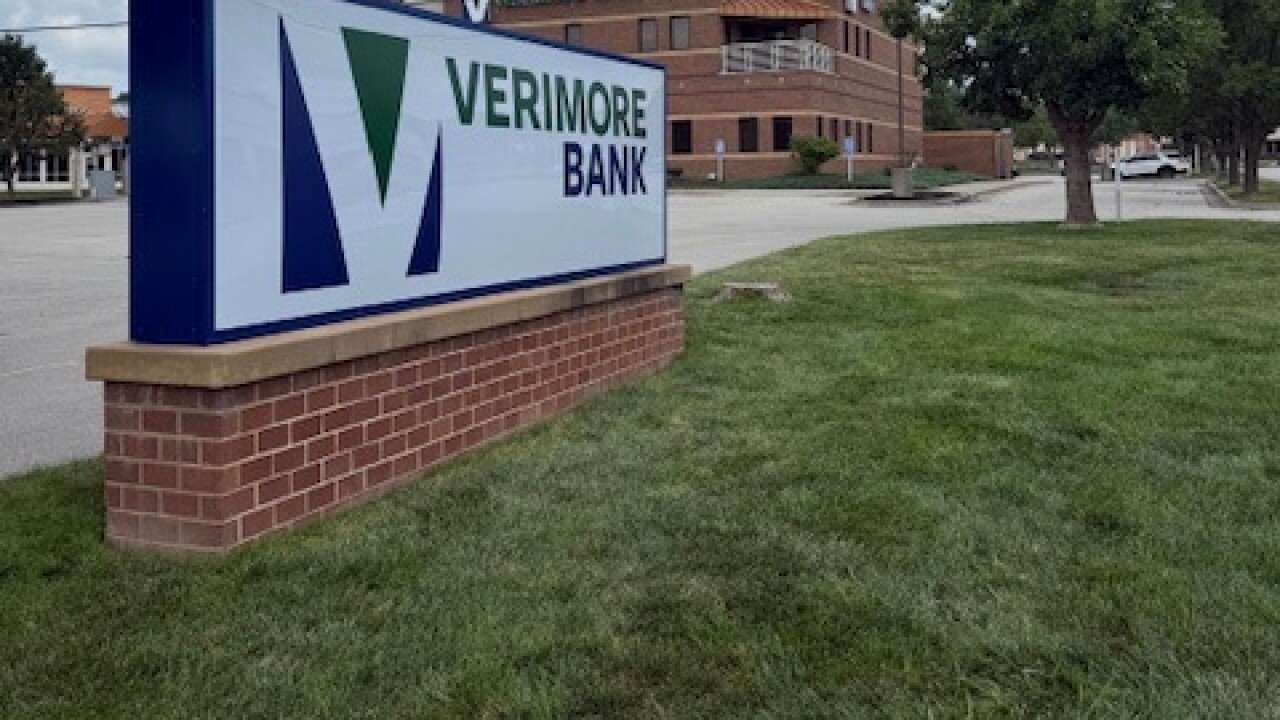A Baseball Story Involving Johnny Bench, Home Runs & Batting Practice? No. Instead, Five Credit Union Human Resources Execs Share Their Best Practices
CHARLESTON, S.C.-What are the best human resources practices within credit unions?
During the CUNA HR Council Summit here, five credit unions stepped up to share what they're
SYRACUSE, N.Y.-It's not a stinker of an idea, just a stinker of a logo that's in use at Power Federal
Chrystal F. Moore, assistant director of HR and training, shared with the HR Summit the credit
"The reason we did it was to help with retention, especially on our teller lines. We have seen a
Moore joked that one credit union peer had told her that if a job applicant can fog a mirror with his or
Goals Are Four-Fold
According to Moore, everyone at Power Federal, including its board and senior management,
The goals of Power University are four-fold:
1.Provide ongoing continuous management development training throughout the organization.
2. Provide all employees with the opportunity to develop their professional skills and thus become a
3. Integrate core requirements and compliance training into a cohesive structure that is easy to track.
4. Give managers a tool to guide their staff sand evaluate their performances. "Each employee comes
Power University has nine different schools, including School of Member Relations, School of
Power Federal uses CUNA's STAR and MERIT Series as part of its curriculum, along with materials
TAMPA, Fla.-In a session entitled "The Good, the Bad and the Ugly: Sales Culture," Pat Trachsel,
Trachsel noted that there has been a flurry of discussion on developing a sales culture in credit unions
Why is a sales culture important within a credit union? According to Trachsel, one of the first
"They are the old 80/20 rule, or 20% of members pay the freight for the other 80%," noted Trachsel.
There is an economic cost to that, she said, noting that while Tampa Bay FCU has strong penetration
But before implementing any sales culture, it must be sold to staff first, said Trachsel, noting that
TBFCU's strategy was to develop goals, including putting a retail sales manager in place who would
With the goals established, the credit union looked at its "current reality," that is its structure and
How Change Was Explained
"We determined our strategy was to transition traditional branches to teller sales platforms, to develop
TBFCU then divided up its "20% members" and assign each of them to individual employees
within the credit union. Those employees essentially became the "personal bankers" for those
One challenge tackled by TBFCU was the perception among many employees, especially front-line
The Bad & The Ugly
That's the good news, said Trachsel. But the credit union's progress has been stymied by the "bad and
"The resistance has come from our long-term associates, those who said 'I wasn't hired to do this,'"
"Everybody thinks sales has such a nasty reputation," said Trachsel, noting that one credit union in
"One thing we had not anticipated is that some of the procedures started to slip through the cracks
She said the credit union is still searching for software that meets its needs in terms of tracking sales.
"The ugly part is a vicious circle," said Trachsel. "The old 80/20 rule is still there and the squeaky
MOON TOWNSHIP, Penn.-Because US Airways FCU here is completely PC-based, a decision was
According to Mark Brennan, VP-HR and Training, in its first year 93 employees participated (it's
"By paying a portion of the PC price, we figured we would incent the staff to go out and get a PC,"
There are caveats to the program: if an employee resigns, retires or is terminated prior to six months of
"It has been probably the best-received program we have done. It is a very simple program, but you
US Airways FCU also has a program in which it sells its own used PCs to employees at deep
For now, the credit union's program is a one-time payment. But Brennan said it may adjust the
What about tech support? That has been a downside, acknowledged Brennan. The credit union's DP
One credit union in the audience with a similar PC program noted that it is generally PC-literate
Another reported its credit union makes 0% APR computer loans up to $3,000 and that it has been
In that case, if an employee leaves prior to the loan being reimbursed, the rate reverts to market.
PALO ALTO, Calif.-Long a leader in technology, Stanford Federal Credit Union has applied the
Michael Hiller, VP-administration/HR with SFCU, told the CUNA HR Summit that the credit union
To that end, SFCU hired a new employee whose job was and is to create a "desktop" for each
Employees can select their own icons, links and more in order to personalize the desktop. Essentially,
Phyllis Massing, Employee Education Specialist with SFCU, who was on hand for the Summit, shared
Employees are given a compact disk with their information on it. "The point I want to make is you can
RIVERDALE, Utah-America First Credit Union here is making every effort to go paperless.
Kent Streuling, HR administrator, shared with the CUNA HR Summit his credit union's experience in
"This really isn't rocket science," said Streuling, "but we made a statement to our members that we
That meant that every employee had to go through everything they did and was tasked with doing
The credit union had been offering Internet access to employees, but that has since been restricted.
Today, every form within the credit union has been put into electronic form.
"We're not 100% paperless yet, but we're not using 100-million pieces of paper either," said
Forms can be downloaded and printed if necessary; for instance, on those that require two signatures.
"It does for our employees what home banking did for our members," explained Strueling. "It puts at
One interesting Intranet application: Pictures of staff are included so that each member of management can see each person who reports to them.





